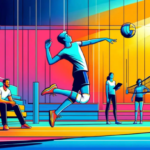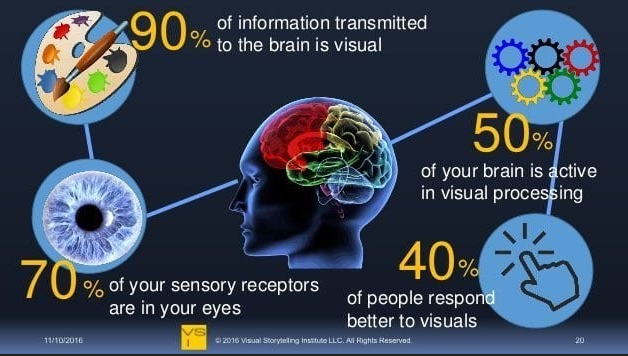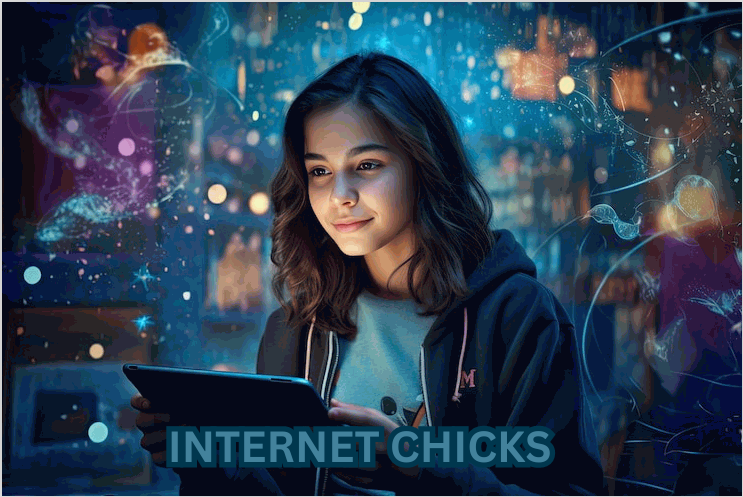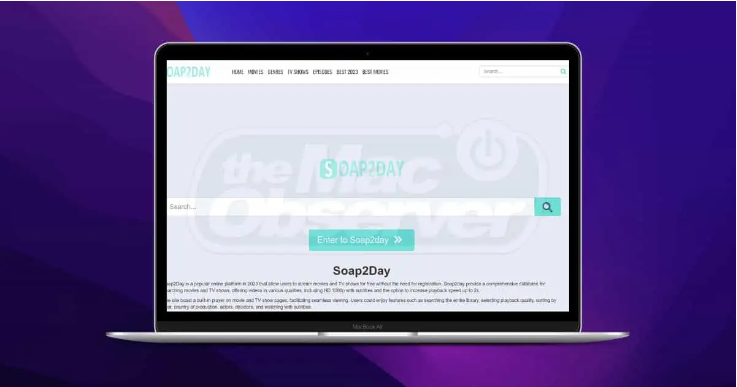In a world that’s increasingly driven by images and stories, Snapilogue emerges as a creative and innovative way to merge both. By offering a fresh approach to how we capture, share, and preserve memories, Snapilogue has the potential to revolutionize personal storytelling through visual media. Whether you’re a photographer, a digital content creator, or just someone who loves sharing life’s moments, understanding the concept of Snapilogue can change the way you view and interact with the world of visual storytelling.
What is Snapilogue?
Snapilogue is a term that combines the idea of a “snapshot” and a “dialogue.” At its core, it’s a way of telling stories through photographs—an expressive fusion of images and words that creates a unique narrative experience. Rather than viewing photos as isolated moments, Snapilogue transforms them into part of an ongoing story, connecting moments visually and contextually.
This new form of digital storytelling draws from the rich tradition of photography, yet brings it into the modern age by allowing creators to build narratives with greater ease and creativity. By focusing on both visual and textual elements, Snapilogue enables users to create immersive, engaging stories that feel personal, authentic, and meaningful.Why Snapilogue Matters in Today’s Digital Age
In an era where social media platforms are saturated with images, Snapilogue offers a refreshing way to stand out. Instead of simply posting pictures or videos in a linear format, Snapilogue allows individuals and brands to tell richer, more nuanced stories. It’s a response to the need for more than just fleeting moments—Snapilogue enables users to create lasting connections between photos, evoking deeper emotions and memories.
In a sense, it’s a return to the power of storytelling but updated for a digital-first world. Snapilogue enables the sharing of experiences and narratives that are not just aesthetically pleasing but deeply personal and connected.
The Evolution of Photography into Storytelling
For as long as cameras have existed, people have been capturing moments. However, photography has evolved tremendously since its inception. Initially, a photograph was simply a way to preserve a single moment in time. But with the advent of digital photography and social media, the boundaries of what can be achieved with images have expanded exponentially.
Snapilogue takes this evolution one step further. Rather than relying solely on a collection of individual photos, Snapilogue weaves them together into a cohesive story, adding layers of meaning and depth to each image. It’s about more than capturing moments—it’s about giving those moments context, a voice, and a purpose within the broader story of life.
Snapilogue vs. Traditional Photography Narratives
While traditional photography narratives often focus on a sequence of images to tell a story, Snapilogue is much more flexible. It encourages a blend of multiple formats—single shots, sequences, and even multimedia—to create an engaging, dynamic narrative. This method brings both artistry and emotion into the storytelling process, as each image can be accompanied by captions, dialogue, or other visual elements to enhance the story.
In Snapilogue, the story behind the photograph is as important as the photo itself. This narrative approach draws the audience in, making them feel more connected to the images and the emotions they evoke.
How to Create a Snapilogue
Creating a Snapilogue is an art form in itself. It goes beyond merely snapping photos and arranging them; it’s about crafting a story that resonates with the audience. Here’s a simple guide on how to get started:
1. Choose Your Theme or Storyline
Before taking any photos, consider the story you want to tell. Are you documenting a travel experience, capturing family moments, or showcasing a creative project? The theme will guide the narrative.
2. Plan Your Shots
Just as with traditional storytelling, think about the “beginning, middle, and end” of your Snapilogue. What kind of images will best represent each part of the story? Take a mix of wide shots, close-ups, and detail images to give the narrative variety.
3. Add Context with Captions
Each image in your Snapilogue should be accompanied by some form of text. This could be a simple caption, a quote, or even a piece of dialogue. The key is to add context to the image without overwhelming it.
4. Use Visual Transitions
One of the unique aspects of Snapilogue is its ability to visually transition from one moment to the next. Use framing, angles, or colors to create connections between different shots, making the flow of the story smooth and engaging.
5. Edit and Organize
Finally, editing is crucial in Snapilogue. Organize the images in a way that enhances the storyline. Consider how the audience will perceive the story from start to finish. Use editing tools to adjust lighting, cropping, or filters that match the mood of your narrative.
Snapilogue in Social Media: A Game-Changer
Snapilogue fits perfectly within the world of social media storytelling. Platforms like Instagram, Snapchat, and even TikTok encourage the use of images to share stories, but Snapilogue takes it a step further by adding intentionality and depth. It’s not just about “likes” and “shares”—it’s about connecting with your audience on an emotional level.
Creators can use to tell their followers a cohesive story over time, fostering deeper engagement. Whether it’s through travel diaries, behind-the-scenes glimpses, or a day-in-the-life series, Snapilogue offers endless possibilities for narrative-driven content.
The Role of Snapilogue in Personal Branding
For individuals or brands looking to build their personal image online, provides a powerful tool. By using visual storytelling to share experiences, values, and messages, you can develop a more authentic and personal connection with your audience. Each offers an opportunity to not just share who you are but to build a narrative around your brand that people can relate to.
Authenticity is key in personal branding, and allows users to create narratives that reflect their true selves. This leads to deeper engagement, increased trust, and more meaningful connections.
Future Trends in Snapilogue
As technology continues to evolve, is likely to grow in popularity. With advancements in AI, image editing, and storytelling tools, the possibilities for creating even more immersive and interactive Snapilogues are endless. Additionally, the rise of virtual and augmented reality could add new dimensions to this form of storytelling, allowing users to create 3D narratives that merge the digital and physical worlds.
Frequently Asked Questions
What is the main purpose of Snapilogue?
aims to blend photographs and storytelling, creating a cohesive narrative that goes beyond individual images. It’s about capturing moments and giving them context within a larger story.
How does Snapilogue differ from a traditional photo album?
Unlike traditional photo albums, weaves a story through the images, often using captions, dialogue, or other multimedia elements to create a more engaging and immersive narrative.
Can anyone create a Snapilogue?
Yes! Whether you’re a professional photographer or someone who loves taking pictures with your phone, anyone can create a Snapilogue. It’s all about telling a story with your images.
What platforms are best for sharing Snapilogues?
Snapilogues can be shared on various social media platforms like Instagram, Snapchat, or personal blogs. The key is choosing a platform that allows for both visual and narrative storytelling.
Can Snapilogue be used for business purposes?
Absolutely. Many brands use to share their story with customers. It’s an excellent tool for personal branding, product storytelling, and behind-the-scenes looks at businesses.
What tools can help in creating a Snapilogue?
There are many tools available, from image editing apps like Lightroom to storytelling platforms like Storify. Even social media platforms have built-in features that can be used creatively for creation.











